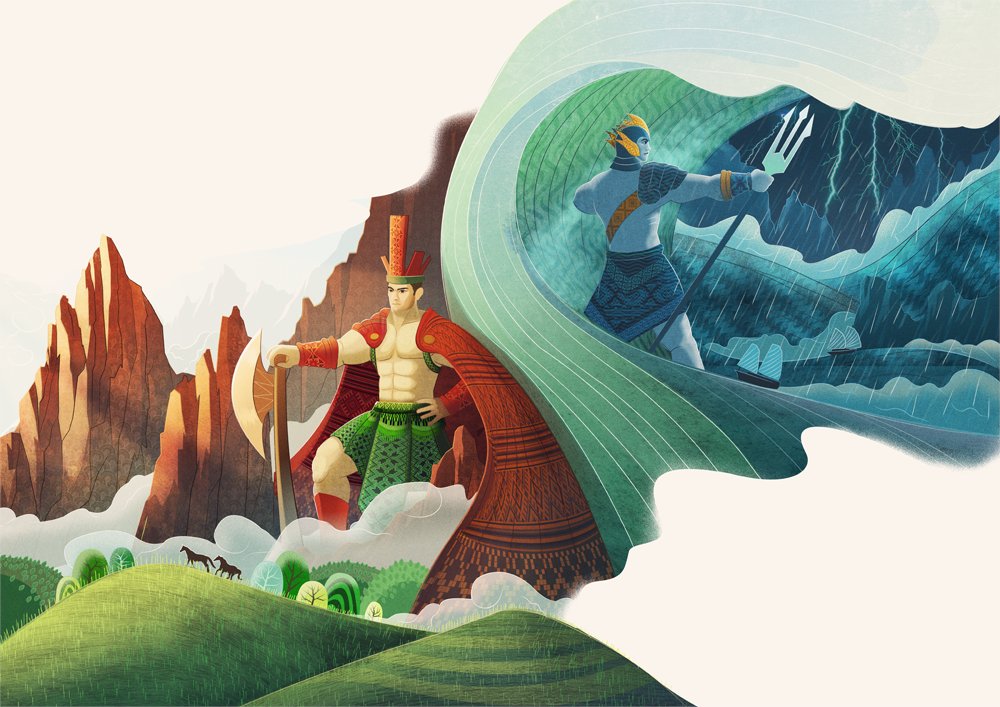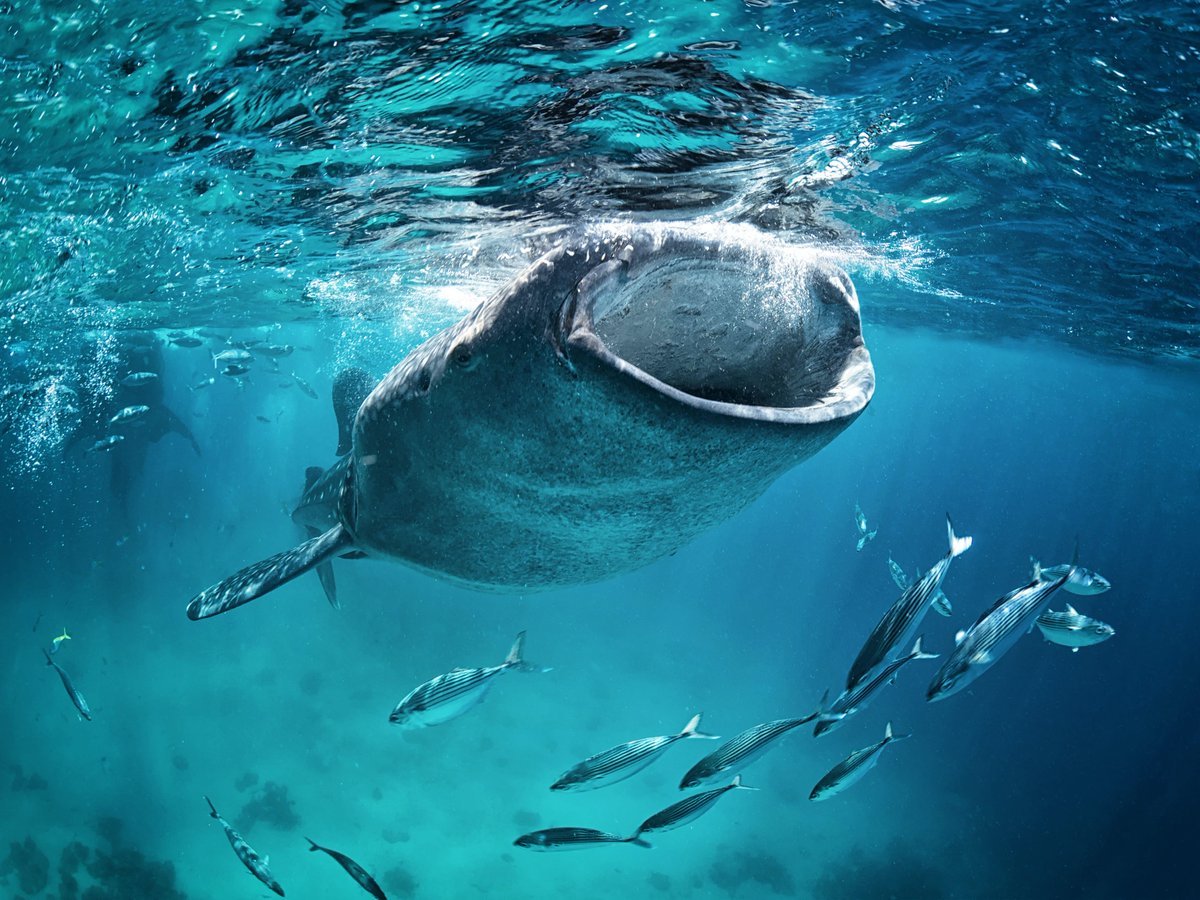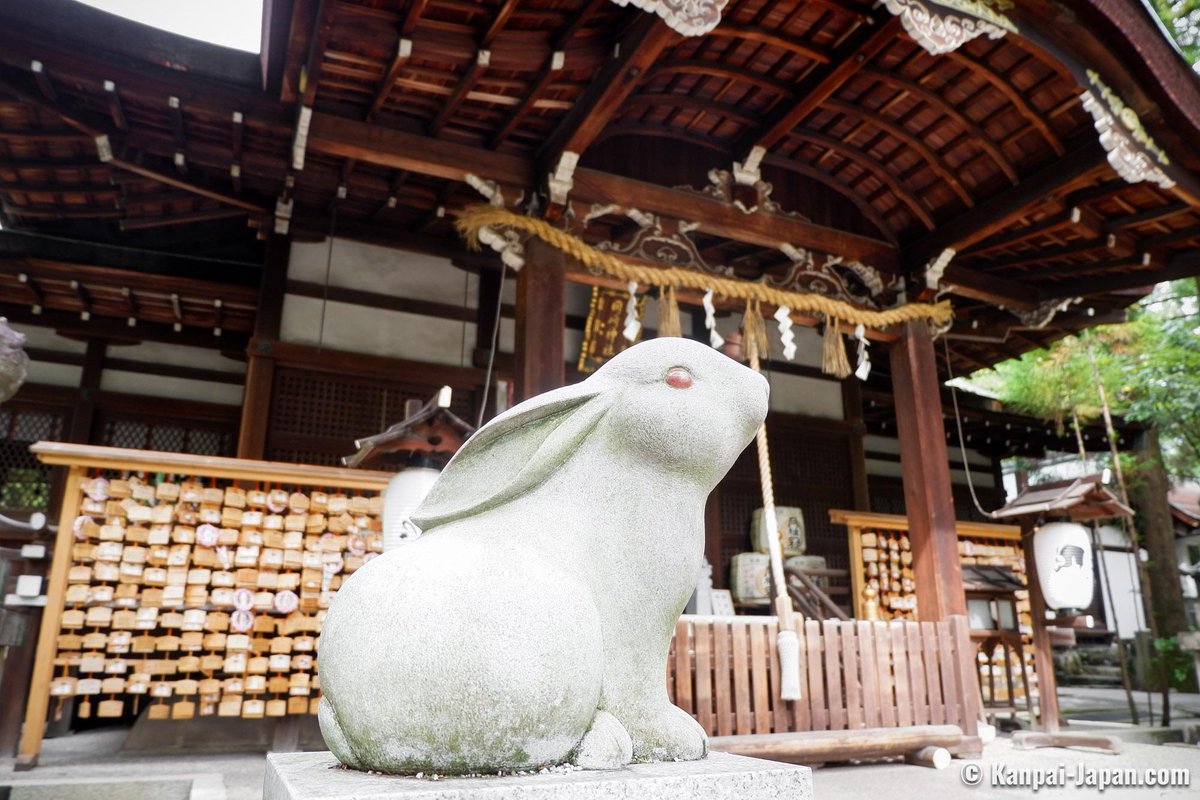"The Battle of Sơn Tinh and Thủy Tinh" is a Vietnamese myth behind monsoon flooding; a fight between Mountain God and Lord of Waters to win the hand of a princess, ending in perpetual grudge of the water lord.
A tale for #FairyTaleTuesday #FairyTaleFlash theme of weather. 1/4
A tale for #FairyTaleTuesday #FairyTaleFlash theme of weather. 1/4

Mỵ Nương, a great king's daughter, was so beautiful that she wanted only the best suitors to show their powers. Sơn Tinh waved his hand to grow trees and raise mountains. Thủy Tinh summoned strong wind and rain and increased the sea level, making the choice difficult. 2/4 

Seeing Thủy Tinh's high temper, the king asked the suitors to race in bringing wedding gifts: a nine-tusk elephant, a nine-spur cockerel, and a nine-mane horse. This was a ploy to choose the gentler Sơn Tinh, since the gifts could be found more easily on his realm. 3/4 

The angry Lord of Waters attacked the Mountain God with torrential rain, winds, thunder, and giant waves, causing suffering on people. His efforts were blocked by rising mountains and rock walls. Since then, his perpetual grudge has manifested as monsoon storm and flooding. 4/4 

All images are from Van Tich Toys board game and its accompanying illustrated book, created by The Lab Saigon team, with illustrations by Estince.
giangong.com/van-tich-once-…
giangong.com/van-tich-once-…
• • •
Missing some Tweet in this thread? You can try to
force a refresh

 Read on Twitter
Read on Twitter

























